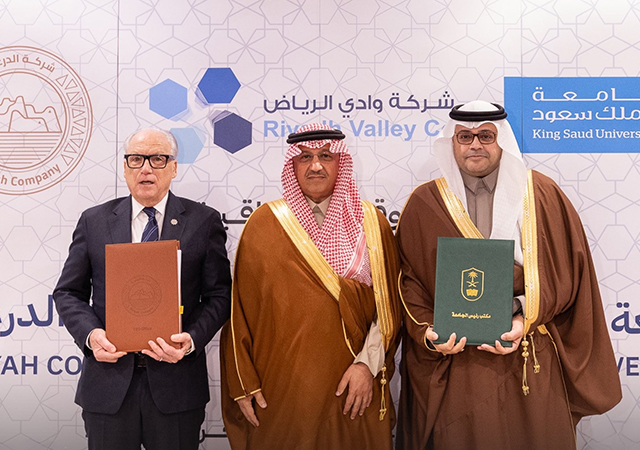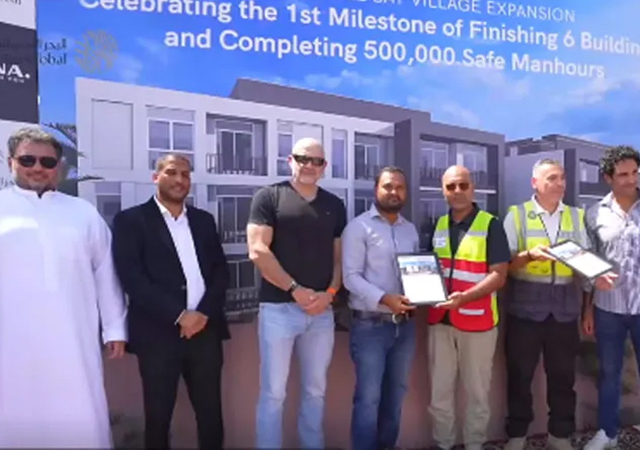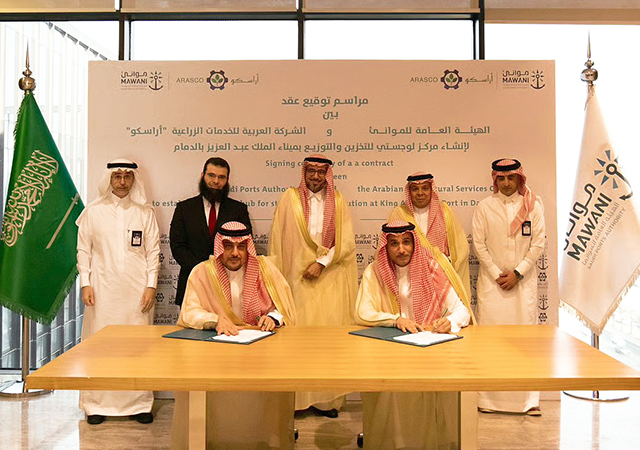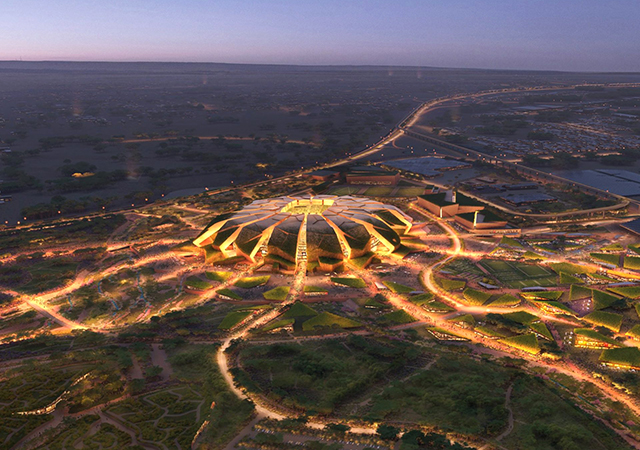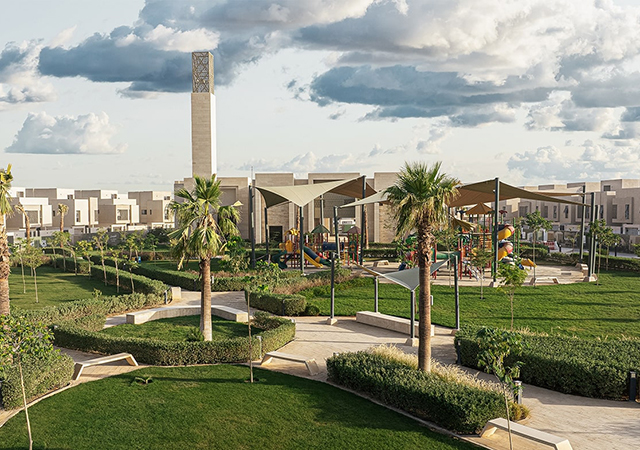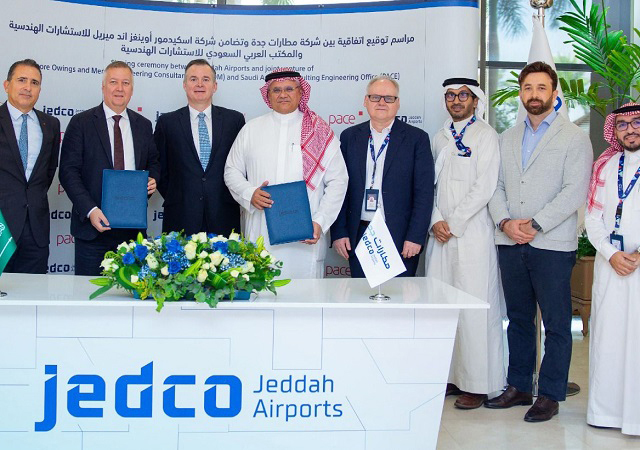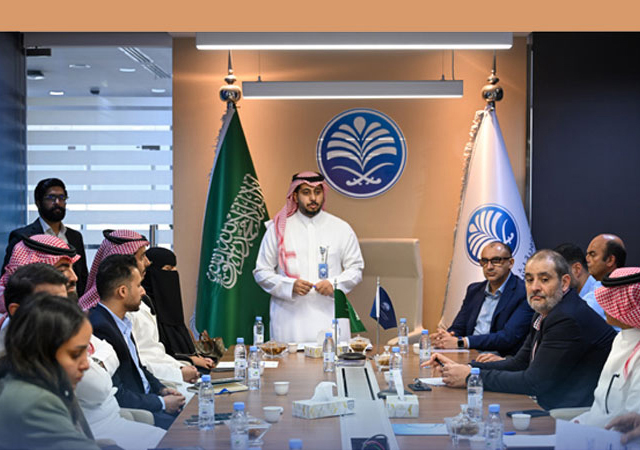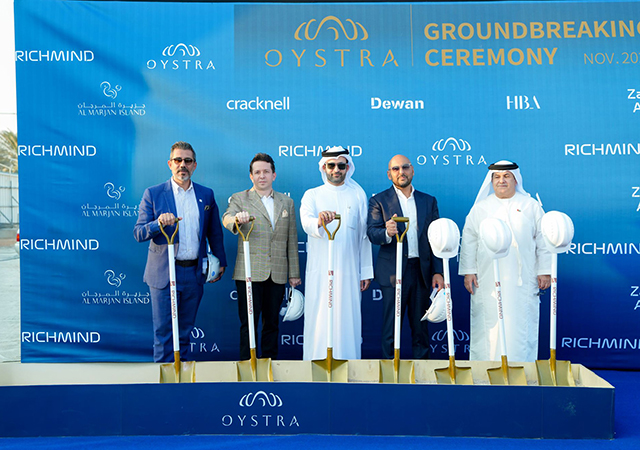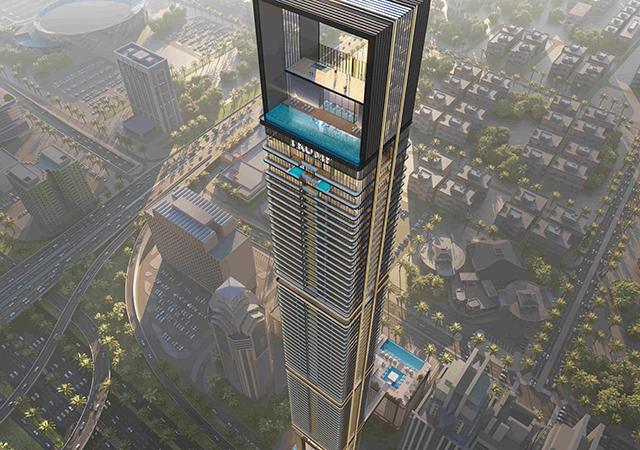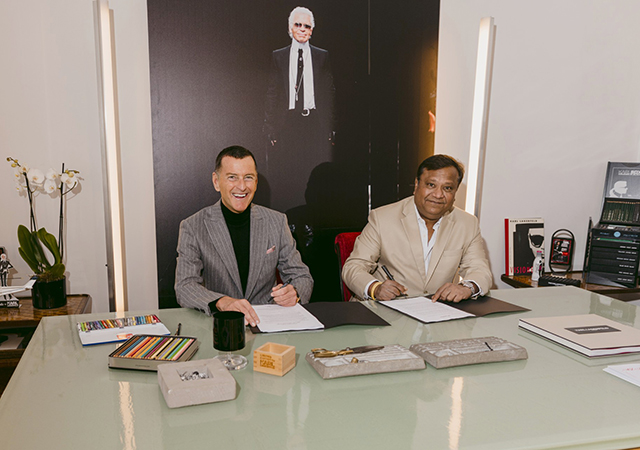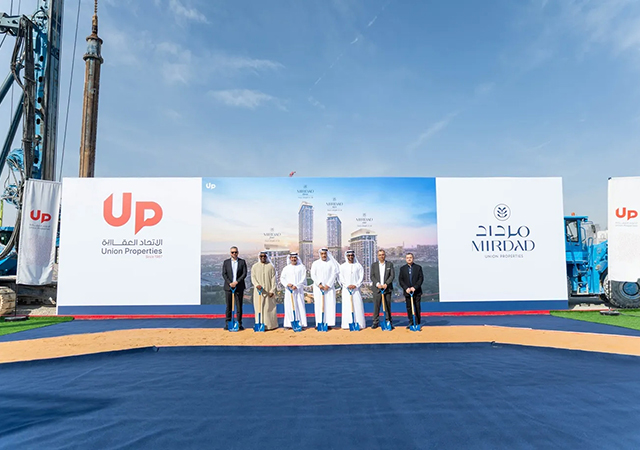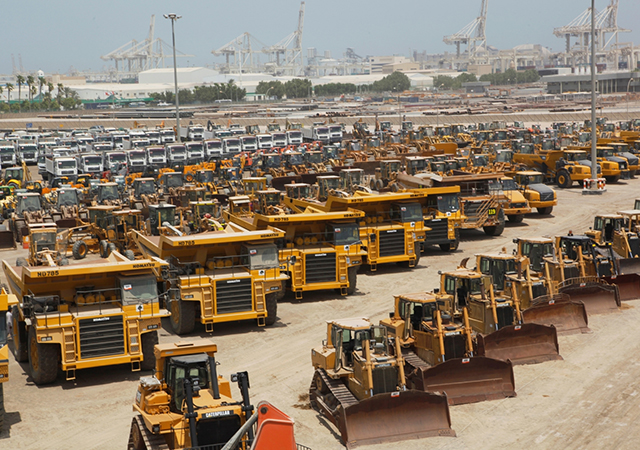 Senghani (right) highlights the crucial role of technology in the construction sector.
Senghani (right) highlights the crucial role of technology in the construction sector.
The Middle East’s construction sector is on the brink of a tech transformation, promising efficiency gains and solutions to industry challenges. Prakash Senghani, CEO of Navatech Group, a company dedicated to digitising high-risk industries with artificial intelligence enabled software solutions, emphasises the need to involve the workforce and tap into organisational experience for success.
In a recent Procore Technologies podcast, aptly named ‘Tech Horizons’, he underscores the crucial role of technology but urges companies to support the shift practically and culturally. While technologies like BIM, robotics, and 3D printing enhance efficiency and mitigate risk, slow adoption persists due to lack of awareness, a traditional mindset, and job loss fears, he says.
Excerpts of the interview:
What do you think about the importance of a digital mindset in adopting new technologies and its role in the future of Middle Eastern construction?
I believe a digital mindset involves being agile and adaptable. Given the rapid pace of technological change, it’s crucial to stay open-minded and embrace the possibilities offered by new technology and solutions.
What are the real challenges in adopting new technologies?
The challenges primarily stem from uncertainties about the future. Established processes and mindsets, developed over years, can create inertia and resistance to change. People often resist change due to a fear of the unknown. Cultural traditions further complicate matters, requiring significant effort to change ingrained practices. And additionally, there’s a lack of awareness regarding the benefits of digital tools, necessitating industry education. Finally, adapting regulatory environments, steeped in traditional practices, poses an ongoing challenge.
Is it accurate to say that partnering the younger, more digitally native generation with the knowledge and experience of older generations is essential for successful digital transformation?
Absolutely. I’ve always advocated for this. When implementing digital solutions, it’s crucial not to ignore the wealth of experience within organisations. Bringing along older generations on the journey is vital because they have a lot to teach, contributing significantly to the successful implementation of digital solutions.
Delving deeper into new technologies: There’s a common misconception that BIM is a live 3D model. Can you clarify what BIM is and its offerings?
BIM is a way of working, a philosophy centered around data. Contrary to the misconception, BIM isn’t just a 3D model; it can also function with 2D information. The three-dimensional models produced through BIM result in 2D drawings that remain relevant. Holistically, BIM focuses on managing, structuring, and storing data, providing access to the right people at the right time, and facilitating data progression through project life cycles and to various stakeholders.
Notably, deployments at events like World Expo Dubai have significantly advanced the entire supply chain’s capabilities and knowledge in deploying BIM. The resulting documentation and standards have been adapted and utilised across the region. The BIM mandate from Dubai Municipality has further shifted the mindset toward these technologies, fostering unprecedented maturity in organisations. Ten years ago, I had to convince people of BIM’s benefits; now, we discuss how much more BIM can achieve – it’s not a question of whether we’ll use it.
What role do you believe robotics will play in the future of Middle Eastern construction?
Robotics is already integral to construction, handling tasks like 3D printing, bricklaying, plastering, progress monitoring, and more. As the industry faces a labour shortage, this trend is expected to intensify. In Europe and the US, bricklaying robots are effectively addressing skilled labour shortages, emphasising that robots are a solution to existing challenges rather than a threat to jobs.
In what ways can robots be used to improve the health and safety standards onsite?
Robots can operate in extreme conditions hazardous to humans; in the Middle East, where temperatures are extreme, this can be incredibly helpful in mitigating the risk to workers. Industries such as manufacturing, retail, aviation, and automotive have readily embraced automation and robotics over time. It seems logical to leverage these technologies in the construction industry to not only automate certain processes but also protect the wellbeing of those working onsite.
Regarding 3D printing, how do you foresee it changing and streamlining processes?
I’m a big advocate of 3D printing. While it won’t entirely replace traditional construction methods, it will become an integral part of the overall approach. Exciting developments are occurring in the UAE and Saudi Arabia. I’ve been actively involved in Giga projects, assisting in formulating 3D printing strategies. These projects are heavily investing in understanding the technology’s impact and adapting regulatory environments to facilitate 3D printing advancements. With the technology proven, we’ve moved beyond proofs of concept to proofs of value, and in the short to medium term, we anticipate a revolutionary impact on how we design and build through increased adoption of 3D printing.
When considering the implementation of these technologies, what should companies be mindful of?
Before investing in new technologies, it’s crucial to assess your workforce’s readiness for change. The worst scenario is investing in cutting-edge software that your people then fail to use. As the saying goes, “It’s 80 per cent about the people and 20 per cent about the technology.” If your team is open to embracing change, even if the solution doesn’t meet every requirement, you’ll witness significant benefits.
For someone entering the construction industry, what advice would you offer?
I would say, “Be curious, adaptable, and agile.” Curiosity drives you to ask questions and continuously learn, a crucial trait in an industry evolving at a rapid pace.
The podcast can be accessed at https://dchub.me/tech_horizons_podcast/.
*Prakash Senghani (https://www.linkedin.com/in/prakash-senghani/) is a renowned figure in construction technology with over a decade of experience. Passionate about innovation, he’s led game-changing construction technology projects globally. His entrepreneurial venture, Navatech Group, is reshaping the construction tech sector, offering both outstanding consulting and revolutionary AI-driven SaaS products.
** Procore (https://www.procore.com/en-ae) is committed to advancing the construction industry by improving the lives of people working in construction, driving technology innovation, and building a global community of groundbreakers. Its connected global construction platform unites all stakeholders on a project with unlimited access to support and a business model designed for the construction industry.



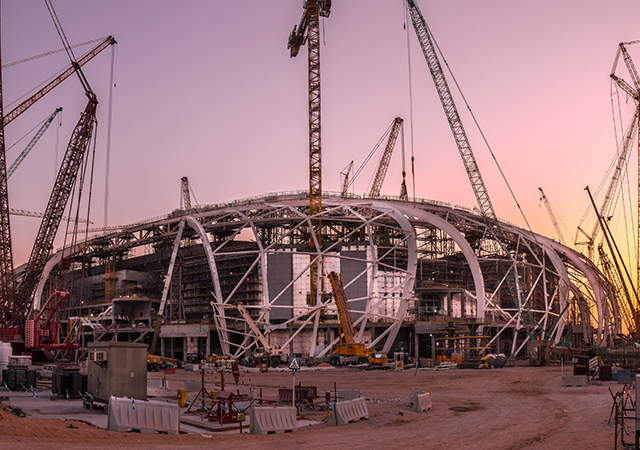
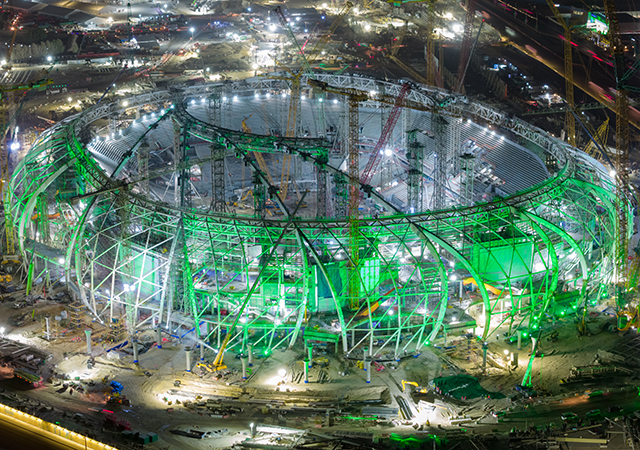

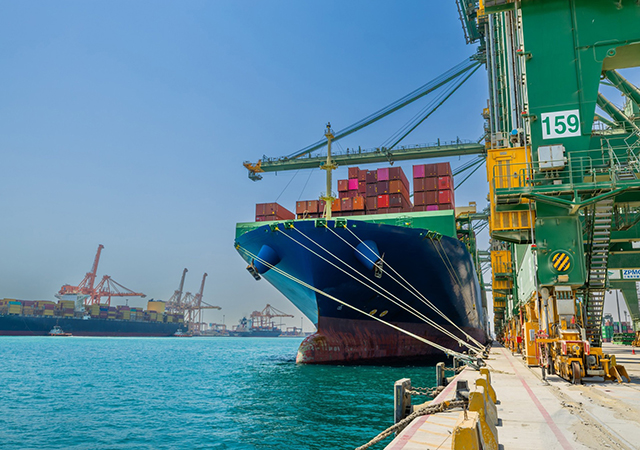
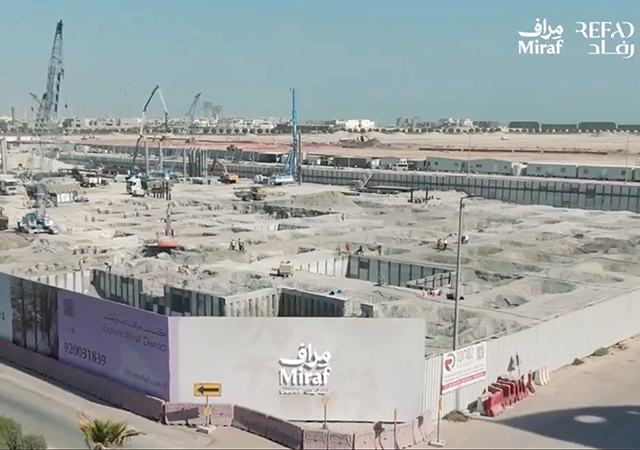
.jpg)



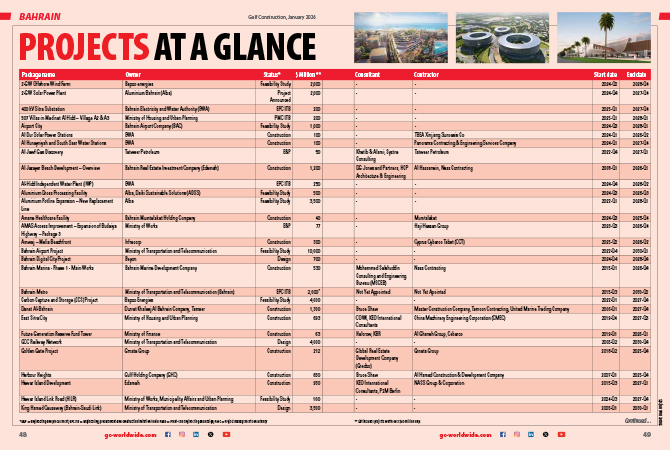
.jpg)

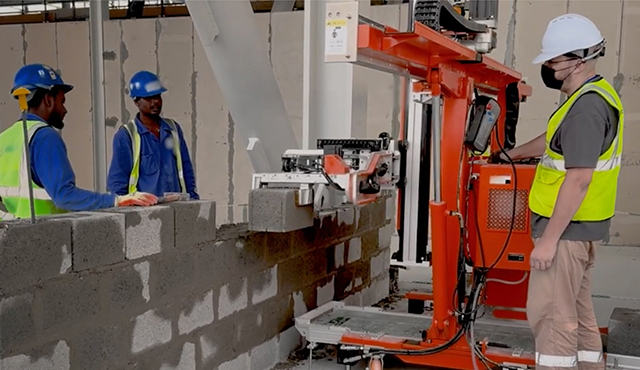
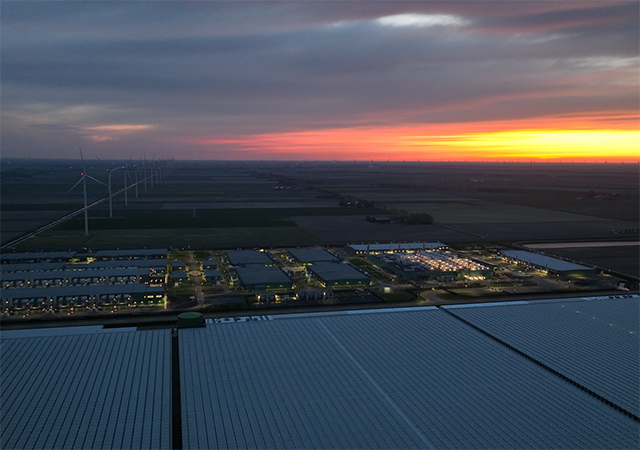
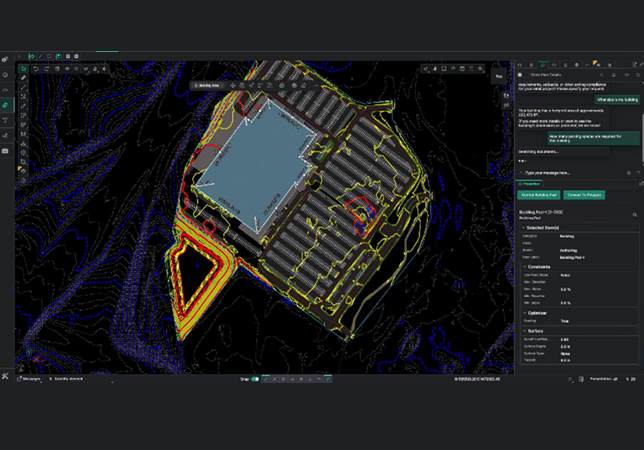
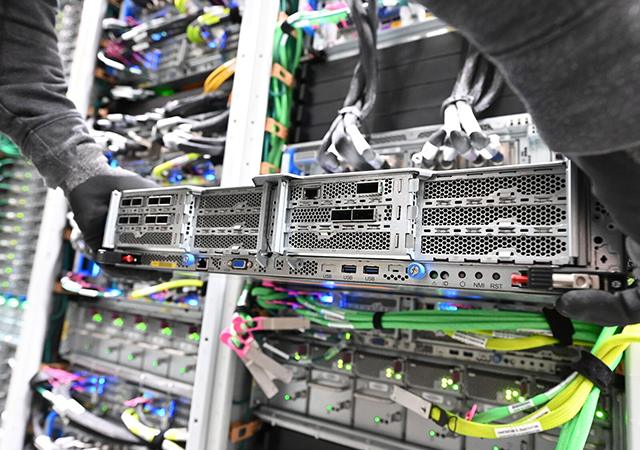
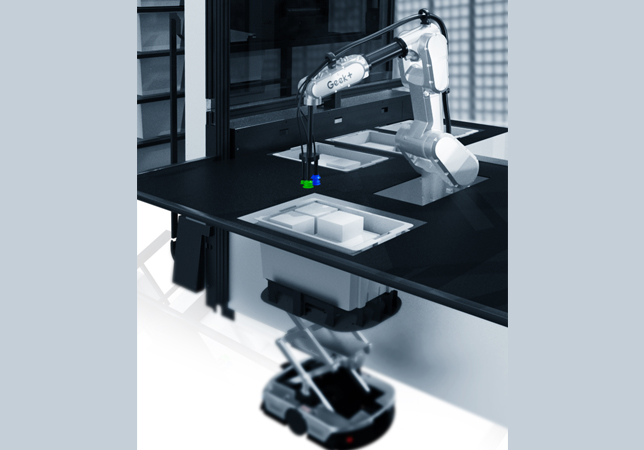


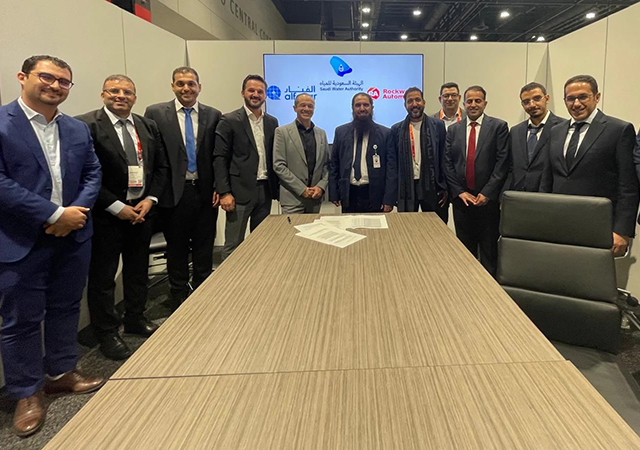

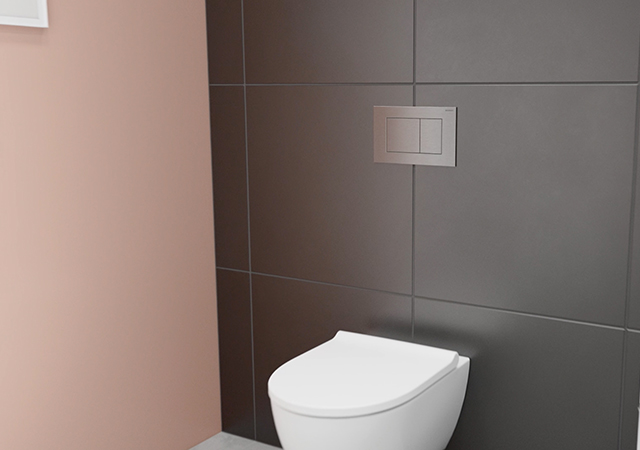



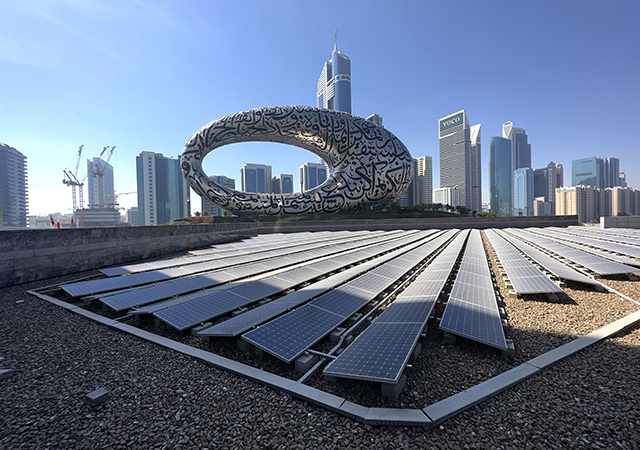
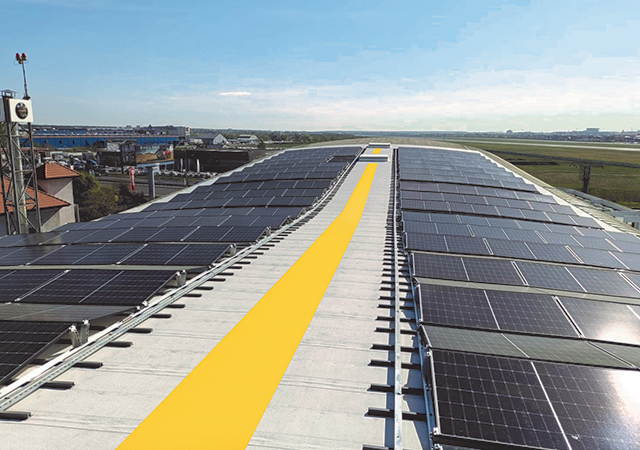
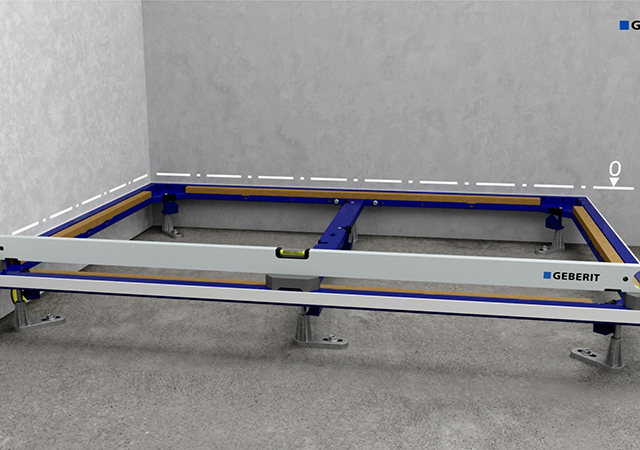

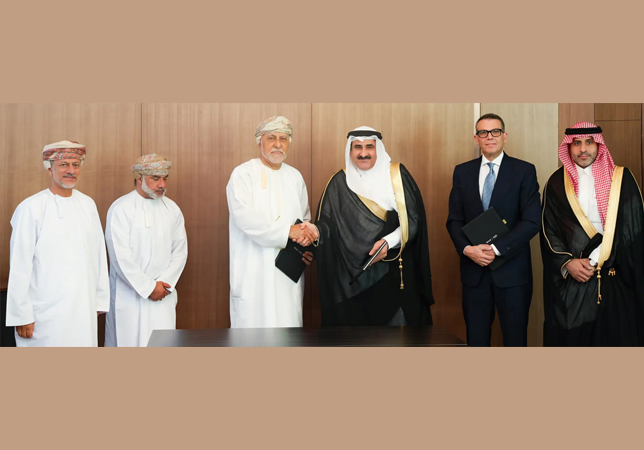
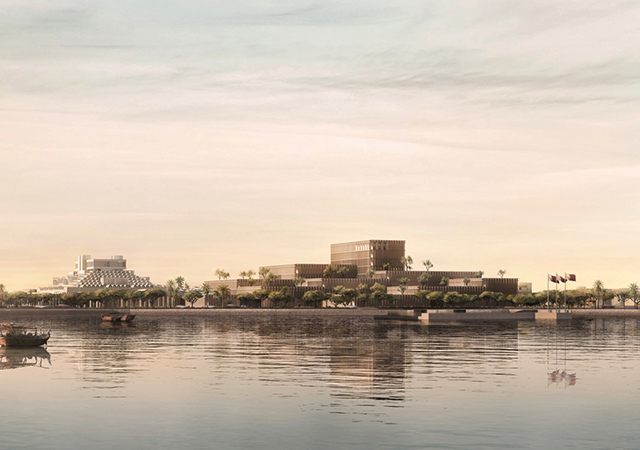



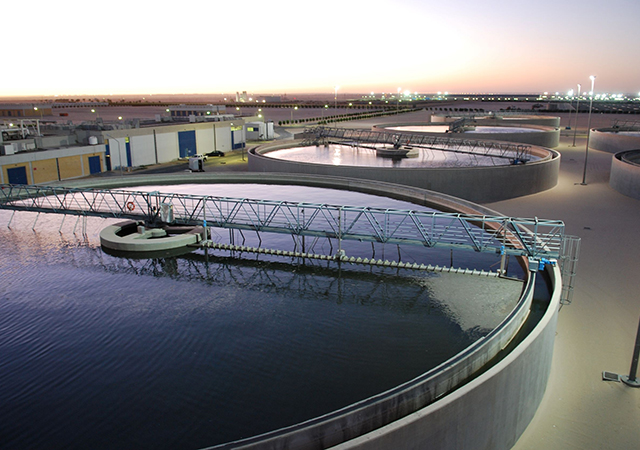
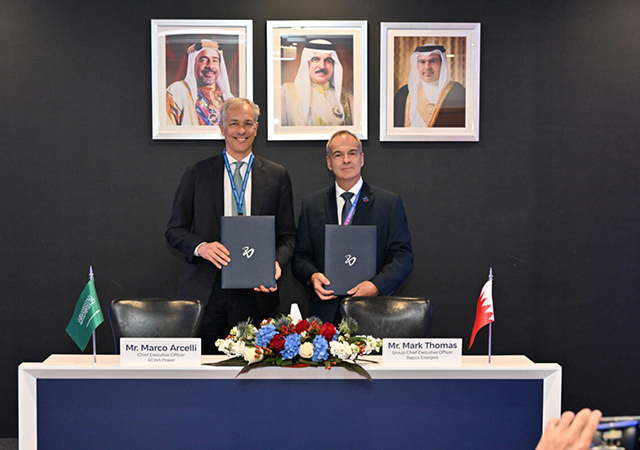

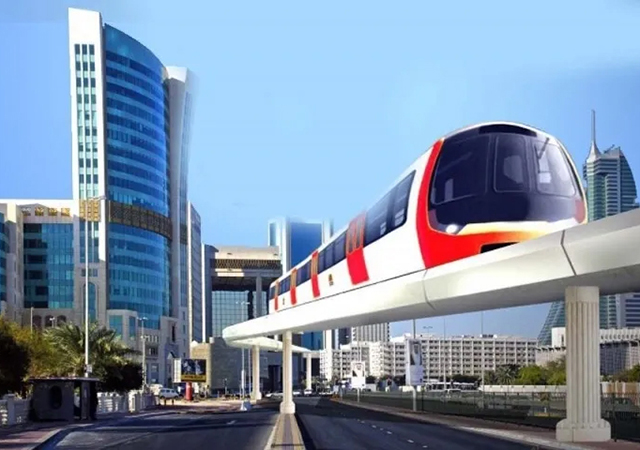
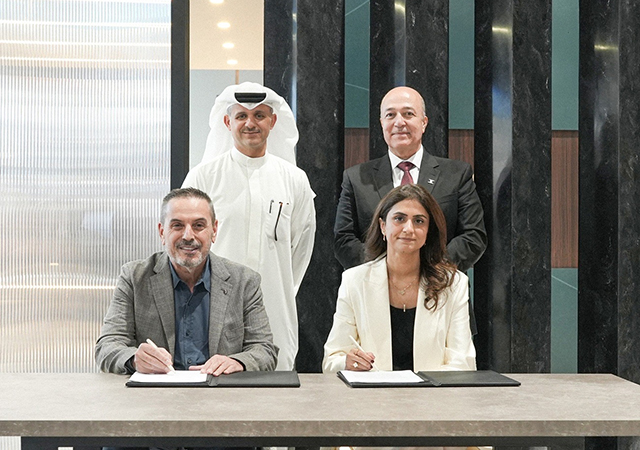
.jpg)
